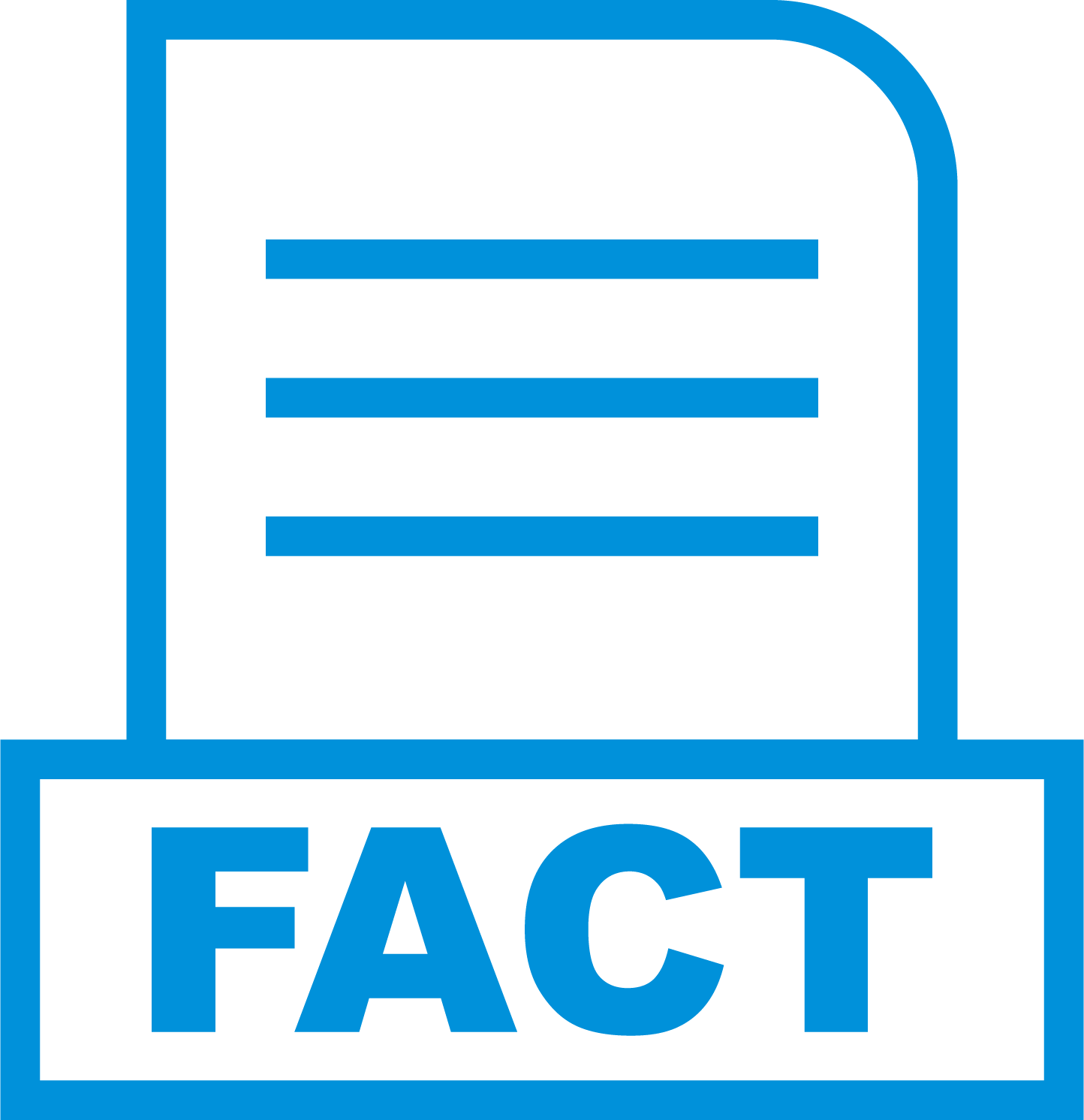Police can be anywhere, anytime
Victoria Police are out day and night, keeping our roads safe and stopping people from doing the wrong thing.
Whether it's a back road, a main road or a highway there are officers undertaking road safety operations, all day, every day. So just because you can't see the police, it doesn't mean the police can't see you.
If you choose to take risks and break the road rules, chances are, you will be caught.

Police can be anywhere, anytime
Victoria Police are out day and night, keeping our roads safe and stopping people from doing the wrong thing.
Whether it's a back road, a main road or a highway there are officers undertaking road safety operations, all day, every day. So just because you can't see the police, it doesn't mean the police can't see you.
If you choose to take risks and break the road rules, chances are, you will be caught.
Whether they’re conducting targeted road safety operations or just out on patrol Victoria Police are there working to keep us safe.
Random breath testing: Every single Victoria Police vehicle is capable of conducting breath tests to detect people with a blood alcohol content (BAC) at or above 0.05. People that drive with a BAC of 0.05 and above are putting themselves and others at risk of death or serious injury on the road.
Each year there are millions of breath tests conducted in Victoria. You can be pulled over at any time and requested to do a preliminary breath test. Find out more about drink driving
Drug testing: Drug testing is conducted via a saliva test. There’s a common misconception that drug tests are only conducted at booze buses. The fact is that you can be tested at any time, whether it’s an officer in an unmarked vehicle, on a motorcycle or highway patrol.
Each year at least 150,000 tests are conducted all across the state. Find out more about drug driving
Speed enforcement: Mobile radar devices are used by marked and unmarked vehicles to detect people driving over the speed limit. In addition, mobile and fixed speed cameras are in high risk crash locations throughout Victoria. No matter what type of road you’re on whether it’s a highway or a back road you can expect to see Victoria Police enforcing speed limits.
Each month over 80,000 people are caught speeding on our roads.1 Find out more about speeding
Seatbelt compliance: Each year 20-30 people are killed in crashes where they’re not wearing a seatbelt. Through routine and targeted operations Victoria Police work to ensure that people are wearing their seatbelts and that children are seated in the appropriate seats. Find out more about seatbelt safety
Distractions: A person that is using an electronic device while driving is a danger to themselves and others. Victoria Police target these drivers through a range of methods including, foot patrols and bicycles patrols, with a particular focus on drivers at intersections and stopped at traffic lights.
New phone detection technology is currently being trialled across Victoria.2 In less than two months, a total of 4000 drivers were detected driving while distracted, representing 2 per cent of all 200,000 vehicles tested.3 Find out more about distracted driving
Unlicensed drivers: A driver or rider that has never held a licence or that doesn’t hold a valid licence is a risk to themselves and other road users. Through Automatic Number Plate Recognition (ANPR) technology and licence checks Victoria Police are working to remove these dangerous drivers and riders from the road. Find out more about unlicensed driving
Vehicle safety checks: Unroadworthy vehicles are a danger to drivers, their passengers and other road users. Whether you’re riding a motorcycle or driving a passenger or commercial vehicle you can expect to be stopped if your vehicle is defective.
If you are found to be breaking the law while on the roads you will receive a penalty. These can range from fines, to loss of licence through to having your vehicle impounded. Find out more about safe vehicles
Staying safe on our roads
It’s important to make safe choices when on the roads. You should:
- Remember the basics. Make sure your vehicle is safe to drive, put on your seatbelt when driving and make sure your passengers are belted up too.
- Slow down and drive at a speed appropriate for the conditions. If you're travelling on familiar or unfamiliar roads, it's important to take your time.
- If you’re drinking, leave your car at home, organise a designated driver, book a taxi or check out public transport options. As little as one alcoholic drink may impair your judgement so plan your way home before you have a drink.
- Be present when you drive. A phone message, a call or a song can be all it takes to pull our attention away from driving. A 2 second glance at your phone means you’ll travel up to 28 metres blind.
- Look out for others on the roads, especially motorcyclists, pedestrians and people riding bicycles. Check your blind spot before changing lanes or turning at intersections.
1. https://www.camerassavelives.vic.gov.au/road-safety/statistics
2. https://www.camerassavelives.vic.gov.au/new-mobile-phone-camera-trial-launches-in-victoria
3. https://www.caradvice.com.au/883058/victoria-mobile-phone-detection/



